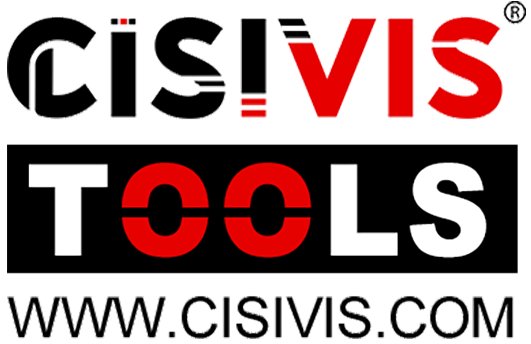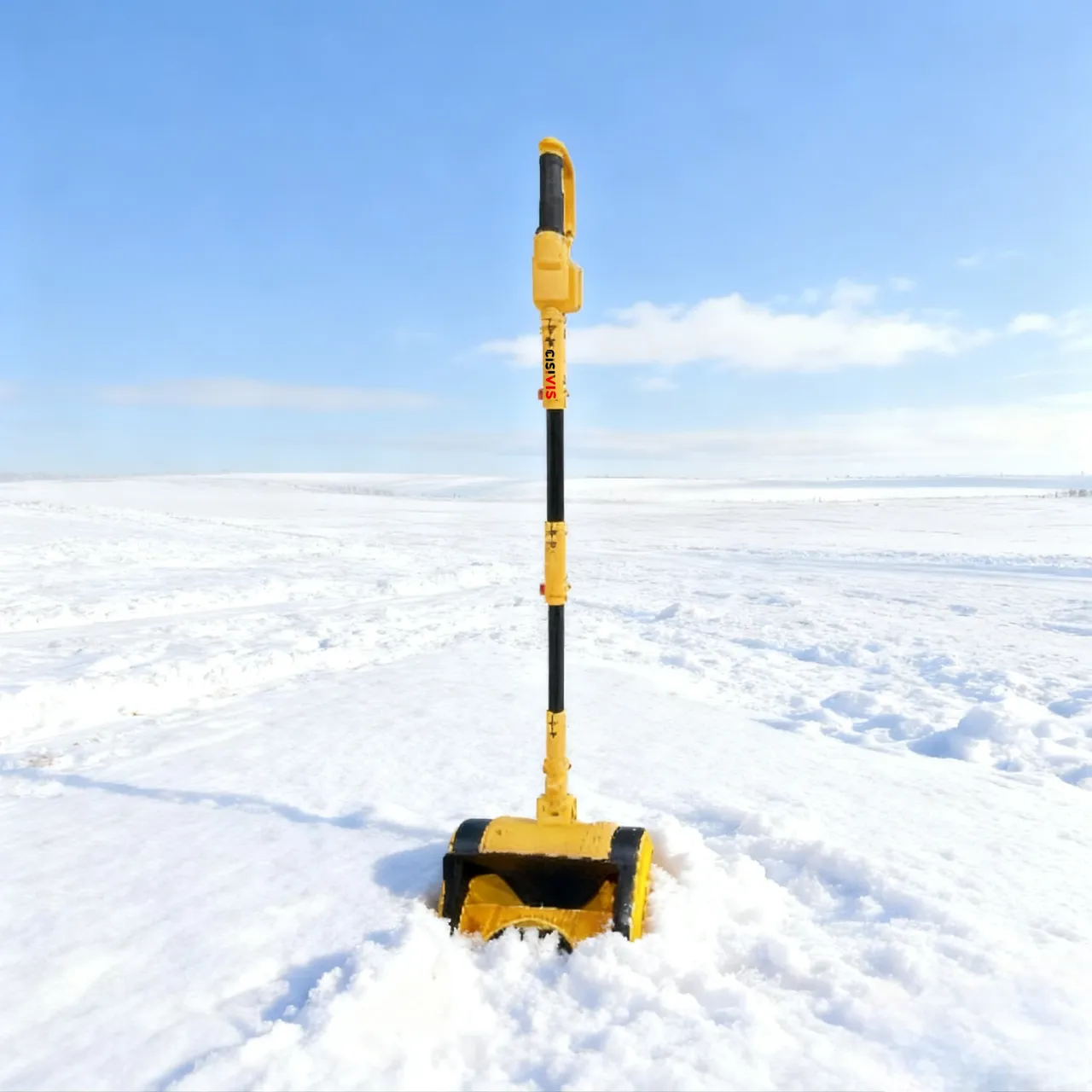Best Cordless Snow Shovel in 2025: Top Picks, Safety Tips & Why You Should Buy Wholesale Leave a comment
What Is a Cordless Snow Shovel — and What’s New in the Market
A cordless snow shovel (sometimes called a battery-powered snow shovel or electric snow shovel) is a tool designed to clear snow using battery power, without a cord or gasoline engine. Unlike traditional shovels that rely on manual labor, a cordless snow shovel has a motor and a blade or auger that helps throw snow off sidewalks, driveways, decks, or steps. The absence of a cord gives more flexibility so you are not limited by power outlet reach.
Market Growth & Recent Data
The cordless snow shovel market is growing rapidly. According to a recent market research report, the global cordless snow shovel market was worth about USD 1.34 billion in 2024, and it is projected to grow with a compound annual growth rate (CAGR) of 7.2% from 2025 to 2033.
Another related report on electric snow shovels (which includes both corded and cordless) forecasts the total market reaching USD 1.8 billion by 2032, driven by battery technology improvements and demand for cleaner, more efficient tools.
In broader terms, the snow shovel (general) market is also expected to expand. One estimate puts the global snow shovel market at USD 13,626 million in 2025, growing further over the next decade.
These numbers reflect that more people are looking for powered, convenient alternatives to manual shoveling. Lighter battery materials, better energy density, and lower costs are making cordless snow shovels more attractive to homeowners, property managers, and winter utility service providers.
Trends & innovations in cordless snow shovels include:
- Use of lithium-ion batteries (for better energy density and lower weight)
- Modular battery systems (shareable across tools)
- Variable-speed motors and “turbo” modes
- Digital battery indicators (LED displays)
- Improved blade or auger design to reduce clogging
- More robust, industrial-grade units for heavy snow
Because of these advances, cordless snow shovels are moving from a niche gadget into a more standard piece of winter-cleaning equipment.
Snow removal safety, risks & warnings, and when to stop shoveling by age?
Best Practices & Guidelines
Here are safer strategies suitable for everyone, and older adults in particular should pay attention to them:
- Warm up before starting — gentle stretching, walking indoors, raising the heart rate a bit before you pick up a shovel.
- Short sessions — don’t try to clear the whole driveway in one go. Work in 10–15 minute bursts, rest, then resume if healthy.
- Use light tools / powered tools — rather than heavy manual shovels, use tools like cordless snow shovels or snow blowers to reduce strain.
- Work when snow is fresh and light — clearing early prevents heavy, compacted snow which is harder to remove.
- Stick to flat paths — avoid slopes where slipping is more dangerous.
- Avoid lifting large loads — push or throw small amounts rather than scoop heavy piles.
- Stay hydrated and dressed properly — cold weather and exertion demand layered clothing, gloves, warm boots, and hydration.
- Listen to your body — stop immediately if you feel chest pain, dizziness, or shortness of breath.
Risks & Warnings
Snow shoveling is strenuous. It raises heart rate, blood pressure, and places stress on the joints and muscles. For seniors or people with health issues, snow shoveling can be risky.
- Snow shoveling puts particular strain on the cardiovascular system. Men over 50 with risk factors like hypertension or heart disease are more vulnerable to heart attacks during or after heavy shoveling.
- One study showed that after only two minutes of shoveling, participants’ heart rates climbed above 85 % of their maximum—levels usually seen in intense aerobic exercise.
- In the U.S., snow shoveling contributes to about 11,500 emergency room visits on average each year.
- Individuals aged 55+ are about 4.25 times more likely than younger ones to experience cardiac symptoms while shoveling snow.
Because of these risks, it’s wise for older adults to rethink whether they should shovel snow themselves.
At What Age Should One Stop Shoveling?
There’s no strict cutoff age when someone must stop shoveling snow. It depends on physical health, heart condition, and overall fitness. But many medical experts advise that persons over 55–60 with cardiovascular risks or limited exercise habits should avoid heavy snow shoveling altogether.
In practical terms:
- If a physician has told you to avoid strenuous exertion, don’t shovel snow.
- If you notice your heart rate spiking or symptoms of strain, stop.
- Use alternative methods — hire snow removal services, get help from younger family or neighbors, or invest in a powered tool that minimizes physical effort.
In short, snow clearing is a necessary task in winter climates. But for seniors, manual shoveling is risky—the best approach is to minimize personal effort and prefer safer, assisted methods.
Best Cordless Snow Shovels in 2025: Pros, Cons & Wholesale/OEM Opportunities
Here are some top cordless snow shovels for 2025 you might consider. I’ll list pros and cons, and then discuss the CISIVIS industrial-grade model and how wholesale / OEM can fit in.
Here are some highlights among these picks:
- RYOBI 40V 12‑in Cordless Snow Shovel: Clears a 12-inch wide path, throws snow up to ~25 ft. Good balance of power and coverage. Battery and charger sold separately.
- Pros: Strong clearing capacity, good throw distance, backed by a known tool brand.
- Cons: Heavier with the battery, cost of battery/charger adds up.
- DEWALT 20V MAX Cordless Snow Shovel: More compact, works with DEWALT’s 20V platform.
- Pros: Good if you already own DEWALT battery tools. Lightweight.
- Cons: Narrower clearing width, may struggle with heavy wet snow.
- WEN 20V Max 12‑in Cordless Snow Shovel: Affordable and basic.
- Pros: Light, simple, suitable for light snow, good for homeowners.
- Cons: Less power, may stall in deep or heavy snow.
- Westinghouse 24V WSnow11ST: A good mid-voltage option.
- Pros: 11-inch clearing width, throws 75 lbs of snow per minute.
- Cons: 24V is less common than 20V/40V platforms.
- Greenworks 40V 12‑in Snow Shovel: Brushless motor, higher efficiency.
- Pros: More power, possibly longer motor life, good for moderate snow.
- Cons: Higher price, weight with battery.
- Snow Joe 24V‑SS13: Well known in the snow tool market.
- Pros: Brand recognition, decent runtime (up to ~45 min under light snow).
- Cons: Might not handle heavy snow, battery life may vary.
- Litheli 20V Cordless Snow Shovel: Higher rating in some user reviews.
- Pros: Lightweight, good performance for smaller jobs.
- Cons: Not ideal if you have heavy or deep snow to clear.
- Westinghouse WSnow13ST: Bigger clearing width (13 in).
- Pros: Can move more snow per pass.
- Cons: Heavier, needs stronger battery capacity.
CISIVIS Industrial-Grade Cordless Snow Shovel (OEM/ODM Ready)
The CISIVIS model (industrial-grade cordless electric snow shovel / automatic snow blower) is a promising option for those wanting to enter the wholesale / OEM market:
Advantages:
- It’s industrial-grade, meaning it’s likely built with more durable parts and greater power margin than light consumer units.
- It’s portable and easy to use, which helps in residential or light commercial settings.
- The product supports OEM and ODM, meaning you can put your branding, adjust features, and scale production.
- You can choose to add a digital battery display (e.g. LED % meter) or omit it depending on cost tiers.
- Options for battery capacity, motor wattage, and materials can often be customized in an OEM/ODM context.
Disadvantages / Caution Points:
- More rugged units may cost more in parts and production.
- Heavier build might make it less user-friendly for small tasks or weaker users.
- Cisivis is not a well-known brand.
If you plan to wholesale or brand your own line, CISIVIS presents a good partner model: you can choose lower-tier and higher-tier SKUs, with or without digital displays, and scale features depending on price points.
Summary & Final Thoughts
Cordless snow shovels are transforming how people handle winter cleanup. They reduce strenuous labor, improve flexibility (no cord), and are becoming more reliable as battery and motor technologies advance. The market size data supports this: a growing USD 1.34 billion cordless niche (2024) with strong CAGR projections.
For seniors or people with health risks, manual snow shoveling carries real dangers—primarily to the heart and cardiovascular system. Many emergency visits each winter stem from snow-related strain. The smart approach is to rely on safer methods or powered tools rather than put one’s health at risk.
Among the many cordless models available in 2025, there are trade-offs: clearing width, battery life, weight, and brand platform compatibility. The eight examples above cover a spectrum from lightweight home models to more powerful units.
If you are thinking about entering the market, CISIVIS’s industrial-grade cordless snow shovel offers an excellent OEM/ODM base. You can design product tiers (with or without digital battery displays), configure battery options, and brand them to suit different customer segments.
Choose CISIVIS for your wholesale or OEM solution in cordless snow removal — rugged, customizable, and built for branding success.



